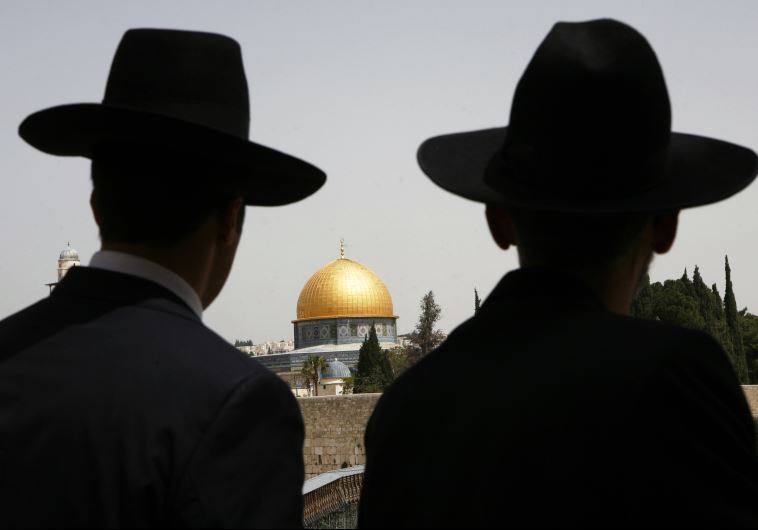Middle Israel: How to save Conservative Judaism
The first thing Conservative Judaism must do is change its name to Traditionalist Judaism, and its followers’ adjective to Traditionalists.
 Ultra-Orthodox Jews look towards the Dome of the Rock in Jerusalem's Old City
Ultra-Orthodox Jews look towards the Dome of the Rock in Jerusalem's Old City